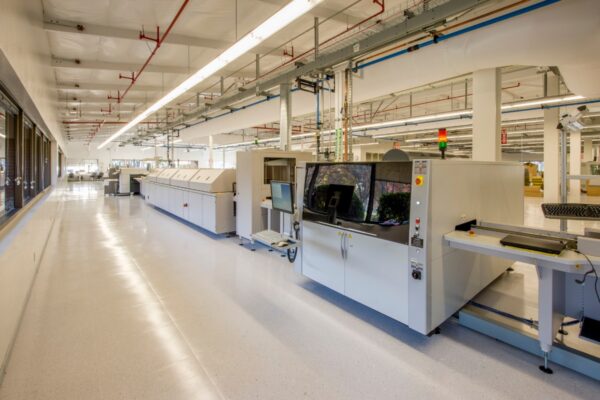What is Assembly Drawing
An assembly drawing, also known as a component locator drawing, is a document that provides a visual representation of a printed circuit board (PCB) and shows the precise locations of components along with their reference designators. This drawing includes important details such as component outlines, polarity, and the first pin of each component.
An assembly drawing guides the assembly process of the PCB. By clearly indicating where each component should be placed and how they should be connected, it helps ensure the correct and efficient assembly of the PCB. This is essential for the proper functioning of the final product.
Assembly drawings prevent errors and mistakes during the assembly process. They serve as a reference for the assembly team, enabling them to follow the specified design and assembly instructions accurately. This helps avoid any potential issues that could arise from incorrect component placement or faulty connections.
There is a distinction between PCB Assembly Drawing and PCB Fabrication Assembly Drawing. While the latter focuses on the manufacturing process of the PCB itself, the former specifically addresses component placement and interconnections on the PCB.
Frequently Asked Questions
What Is the Difference Between Detail Drawing and Assembly Drawing
Detail drawings offer detailed descriptions of a component for the purpose of construction or fabrication, while assembly drawings focus on illustrating how the component is intended to be utilized. Detail drawings include comprehensive dimensions, whereas assembly drawings depict the parts assembled together.
What Is the Difference Between Single Part and Assembly Drawing
Single-part drawings are detailed illustrations of each individual steel component in the model. On the other hand, assembly drawings provide comprehensive information about the assembly, showcasing how the steel parts come together for fabrication purposes.
What Are the Two Types of Assembly Drawings
Different categories of assembly drawings consist of: General assembly drawings, which display the complete assembly. Outline assembly drawings, which illustrate the external form.
What Is the Main Purpose of an Assembly Drawing
Mechanical assembly drawings serve the purpose of conveying the arrangement and fit of different components in a product or machine, illustrating its final shape and dimensions. These drawings also use phantom lines to depict the relative movements of individual parts within the assembly.
What Is the Main Use of Assembly Drawing
Assembly drawings serve the purpose of illustrating the assembly process and elucidating the overall functionality of the unit. It is important to select the minimum number of views required to accurately depict the assembly, similar to the number of projections needed for a part drawing.
What Is the Advantage of Design for Assembly
DFMA offers cost reduction benefits by enabling the quick assembly of products using a smaller number of standardized parts. The design of these parts focuses on simplifying fabrication and ensuring compatibility with other designs. Consequently, this approach allows for the creation of a wider range of products by assembling common modular components.





